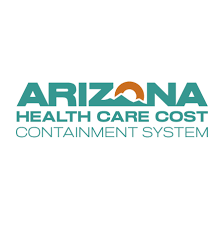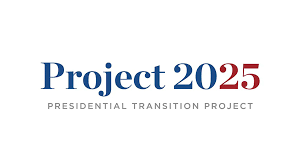Gun-related deaths soar among Arizona youth, but fewer are dying from fentanyl
Does your throat hurt when you swallow? It could be the flu
Arizona saw 853 children die in 2023. Nearly half were preventable
Maricopa County backyard flock tests positive for bird flu
How Trump’s Picks for HHS Could Impact Arizonans: Sunday Squareoff
More Arizona kindergartners are getting vaccine exemptions – Axios Phoenix






